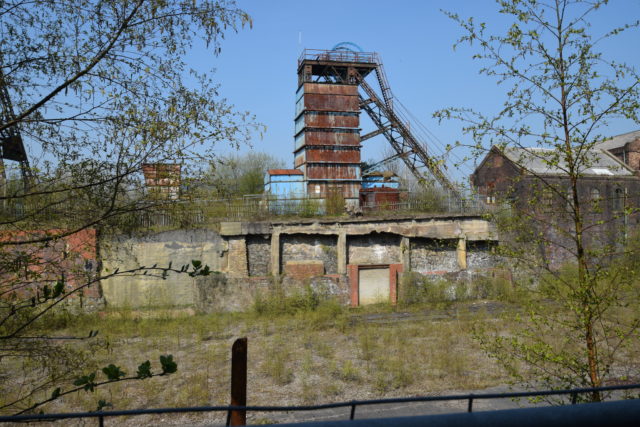The abandoned coal mine called Chatterley Whitfield, located on the outskirts of the English city of Chell near Stoke-on-Trent, is listed as an ancient monument. You wouldn’t guess it from the dilapidated state of the buildings today, but Chatterley Whitfield once held the record for producing the most coal in Britain.
The site also once hosted a museum offering visitors the chance to go into the shafts and miners’ cages. Although it is currently still abandoned, there are hopes that this important industrial site can be revitalized in the future.
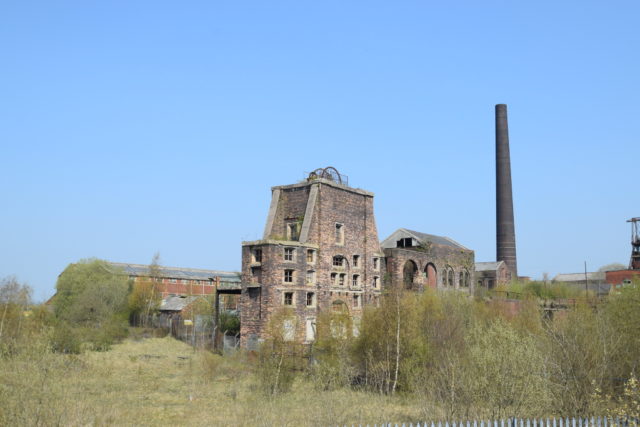
There are suggestions that the first coal to be mined in the area was done by the monks of Halton Abbey in the 14th century. There is also mention of Ralph Lee who, in 1750, traveled from Burslem to the area to collect coal and transport it via horses to be sold.
In the first half of the 1800s, a colliery began to develop at Whitfield. There was an engine house, a coal wharf, a carpenter’s shop, and a brickworks. In 1838, a local businessman called Hugh Henshall Williamson surveyed then bought the area and the colliery.
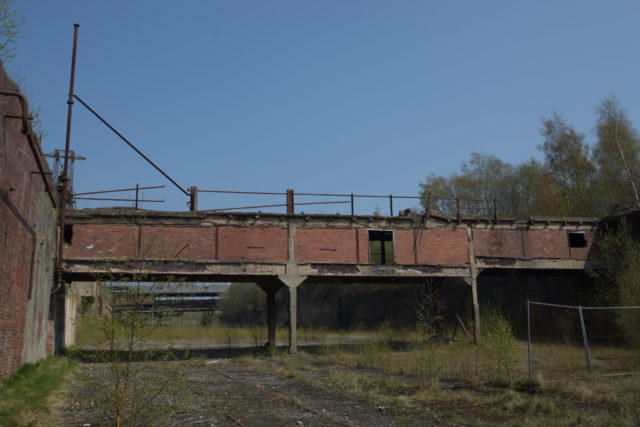
A little while later, all the local coal miners banded together to convince the North Staffordshire Railway to build the Biddulph Valley branch line. The new railway was fully operational in 1860, running within half a mile of the mine.
In 1865, a group known as the Gentlemen of Tunstall acquired the mine and founded the Whitfield Colliery Company Limited, which began rebuilding, expanding, and deepening the old mine.
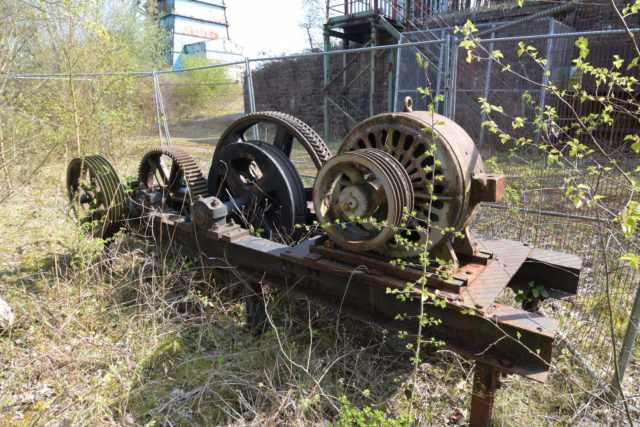
In early 1873, the Managing Director of Chatterley Iron Company Limited, Charles Homer, purchased the mine because he needed a reliable supply of coal for his other business ventures, which included blast furnaces and an oil refinery. He began expanding and deepening the shafts once again.
In the same year, construction was started on a private railway line running from the mine to Pinnox. Construction was completed in 1878, and transportation costs for the ever-increasing output of the mine were drastically reduced.
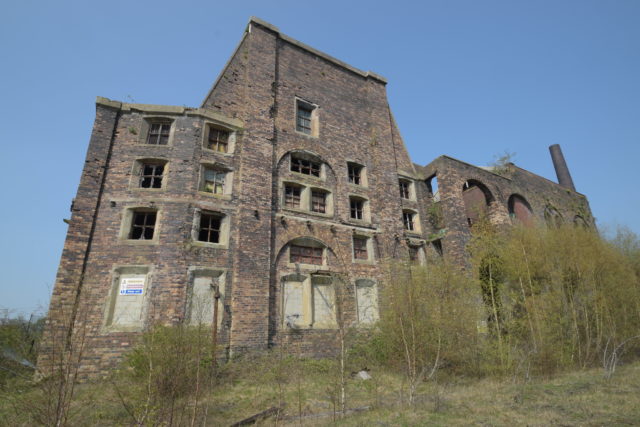
Unfortunately, by this time, the company was in financial difficulties due to earlier capital investments and a downturn in trade. In an effort to save the company, various smaller mines were closed.
The company’s financial situation became even worse in 1881 when the mine suffered a serious fire due to improper use of an underground kiln. There were several fatalities. Some shafts were destroyed, others had to be filled to contain the fire.
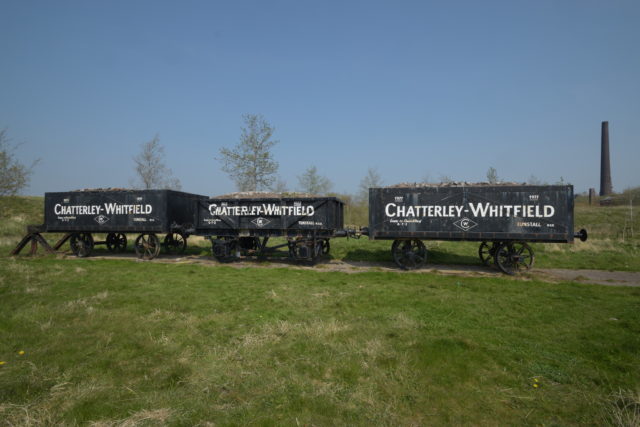
In 1884, the company was in such dire straits that it applied to the court for the closure of the mine. Instead, the mine was placed in the hands of three liquidators who helped it weather the storm.
In 1890, the mine was transferred to a new owner, and Chatterley Whitfield Collieries Limited was born. Under this new direction, the mine was producing over 950,000 tons of coal by 1899.
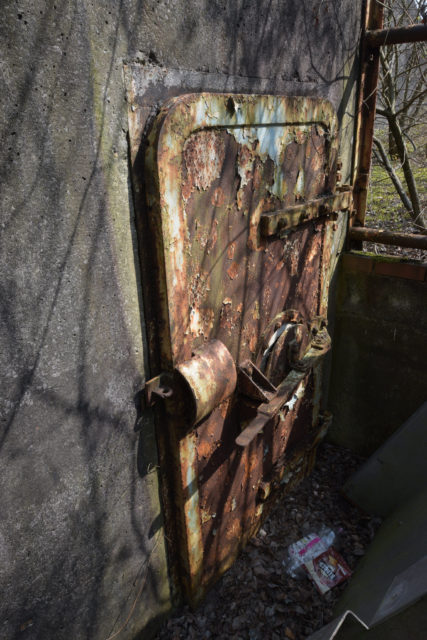
In the early 1900s, another explosion occurred, fortunately without resulting in casualties. Following this, a decision was made to provide additional ventilation, and work at the mine continued successfully.
In the years that followed, various modernizations were made. For example, underground transportation was mechanized, traditional wooden supports were replaced with steel ones, and electrically driven coal cutters were installed.
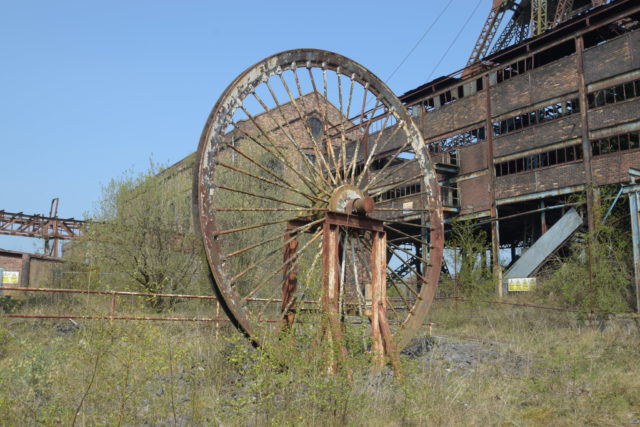
The 1920s and 1930s were the most challenging years due to the Great Depression. Many workers were laid off. However, prior to the outbreak of World War II, the mine’s operations began to improve. Around £300,000 was spent developing the mine, including adding a canteen and bath complex for the workers.
In 1937, the Chatterley mine became the first mine in the UK to produce one million tons of coal in one year, an event that was repeated in 1939.
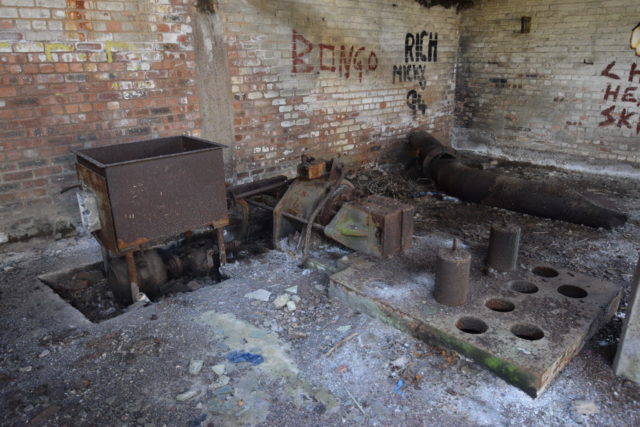
During the Second World War, the mine continued to function, and in 1947 it was nationalized. In the late 1950s, the coal industry began to decline. In 1965, only 408,000 tons of coal were recorded per year.
Eventually, in March 1977, Chatterley Whitfield ceased operations when it was realized that coal could be more profitably worked at the nearby Wolstanton Colliery. Soon after the mine closed, an independent charity began a project to transform Chatterley Whitfield into the UK’s first underground mining museum.
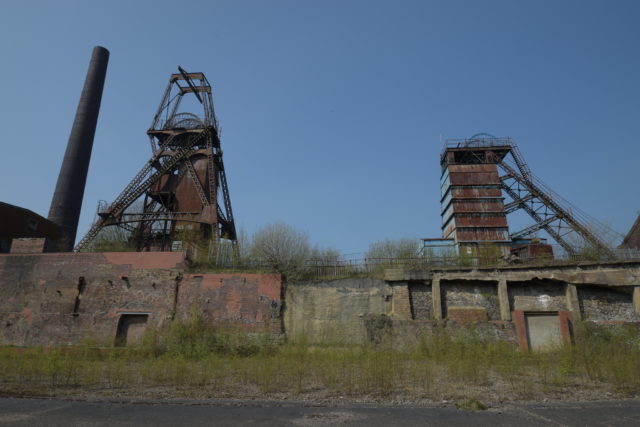
The external buildings and the shafts were made safe for visitors, and the mining equipment was restored to its original working condition. In 1979, the former mine was opened as the Chatterley Whitfield Mining Museum, allowing visitors access to underground workings.
The museum went on to become the most famous mining museum in the country. At the peak of its popularity, it attracted about 40,000 visitors a year. Part of the attraction was that the museum offered underground mining tours so that visitors could see what life was like for the miners.
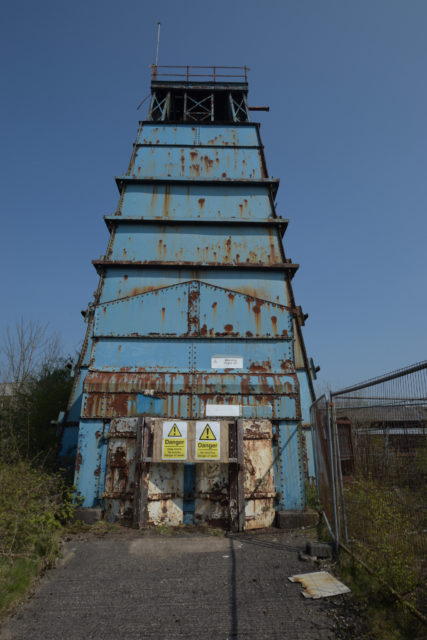
However, when Wolstanton Colliery stopped operation in 1986, there were fears that the tourism mine would flood with either water or methane. But British Coal helped them out, spending £1,000,000 in creating a “simulated mining experience” that was authentic but safe.
Unfortunately, the whole attraction was finally closed in 1993 and the buildings fell into disrepair. In August 1993, the Mining Museum was officially liquidated, and the site itself passed into the possession of the Stoke-on-Trent City Council. All of the mining artifacts were auctioned off in 1994.
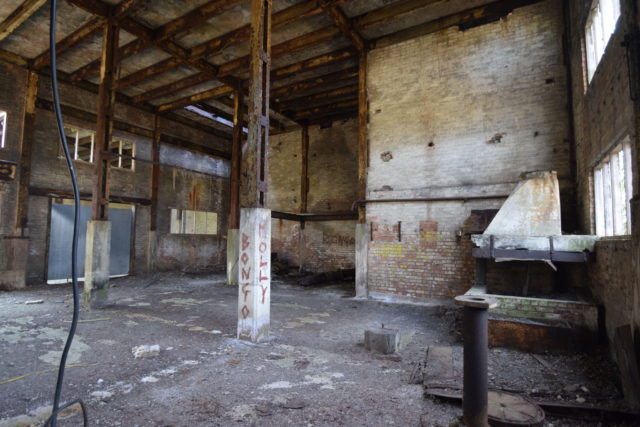
Chatterley-Whitfield was made a Scheduled Ancient Monument in November 1993. In September 2019, the area and all buildings on it were included on the Victorian Society’s list of most endangered buildings in England and wales. The mine was already on Historic England’s Heritage at Risk Register because the condition of the site is extremely poor.
In 2000, a partnership was formed to try and rejuvenate the area. There is still a long way to go, but it is hoped that the former mine and colliery will become a destination with a mix of commercial and non-commercial use with a sustainable business park and a heritage country park.
The photos of the abandoned mine were taken by Newage, and a big thank you to him for allowing us to share them here. You should definitely check his Flickr account where he publishes a lot of interesting photos of historical locations and aircraft.
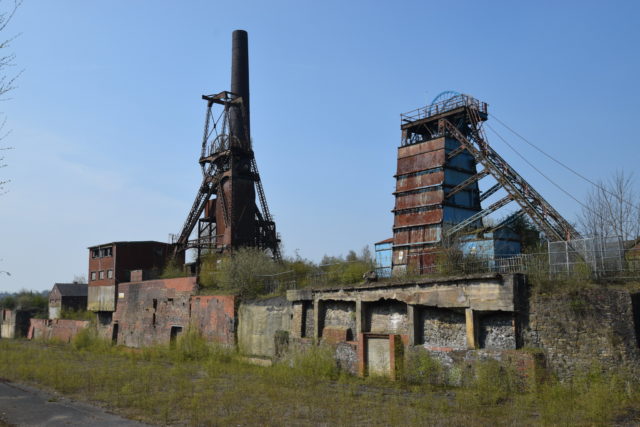
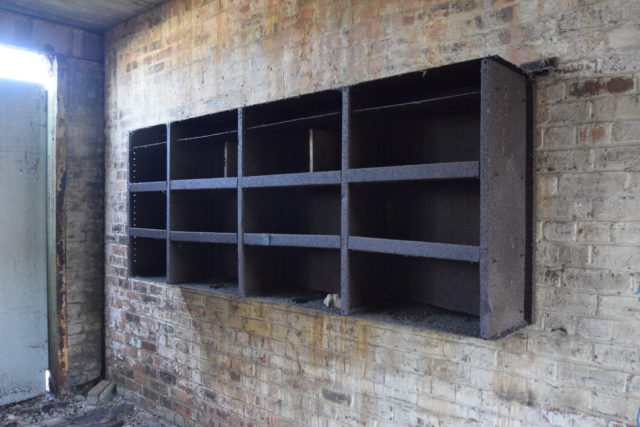
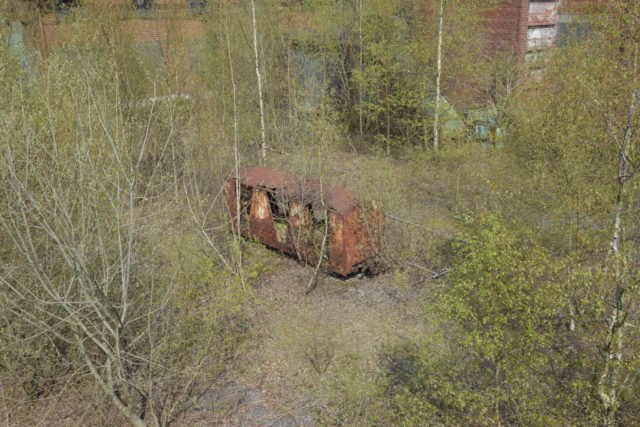
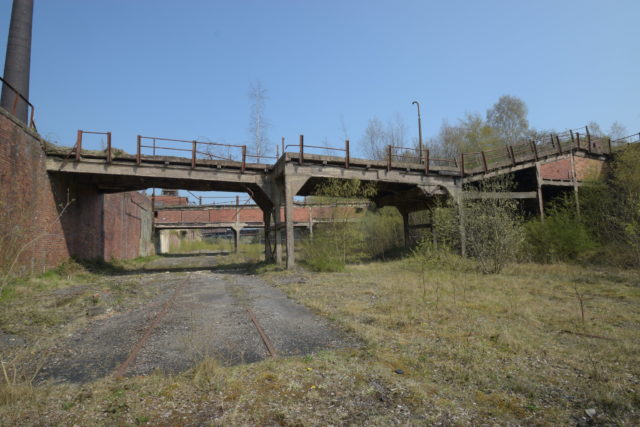
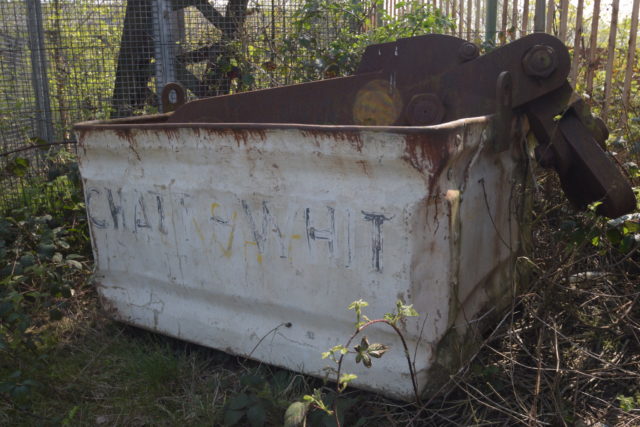
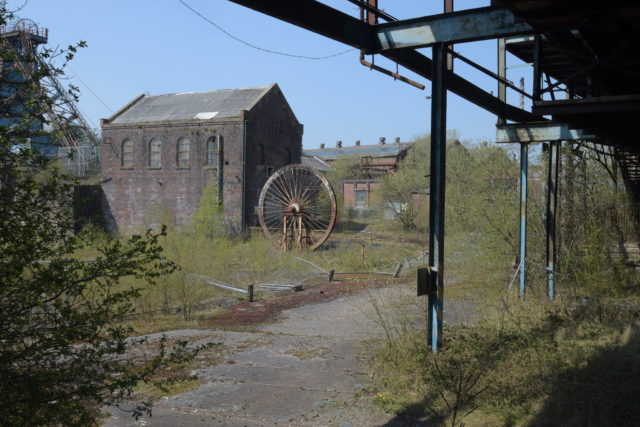
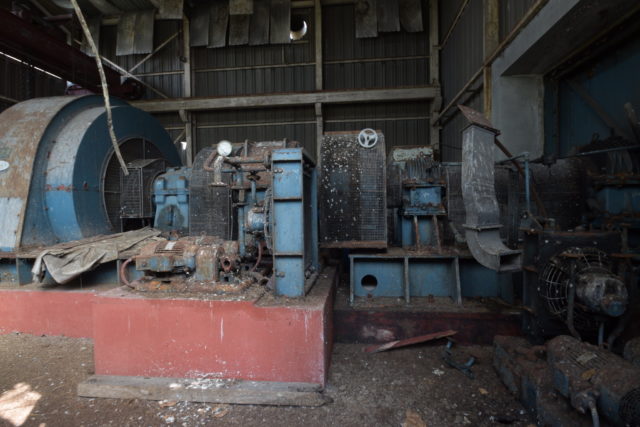
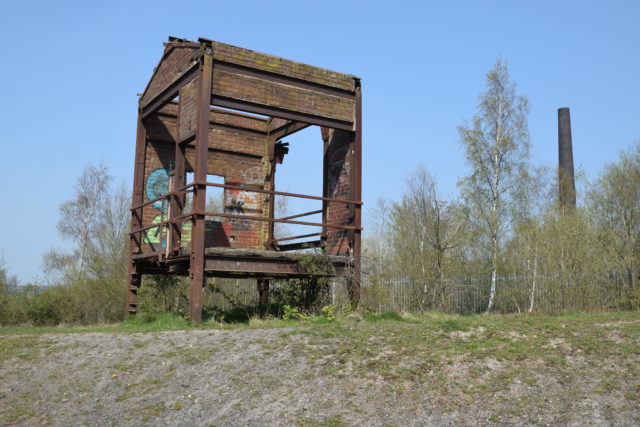
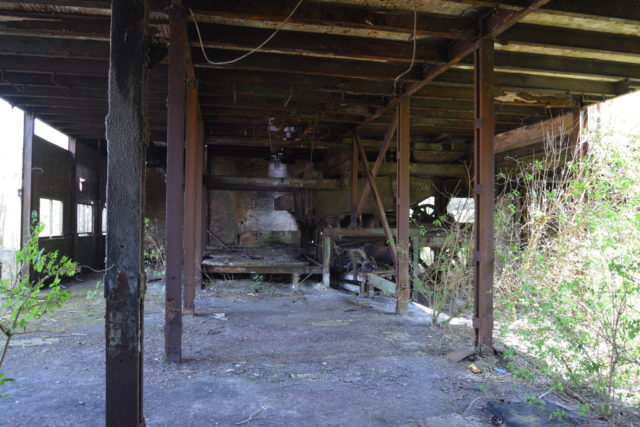
Another Article From Us: Abandoned “Red Star” Train Graveyard
